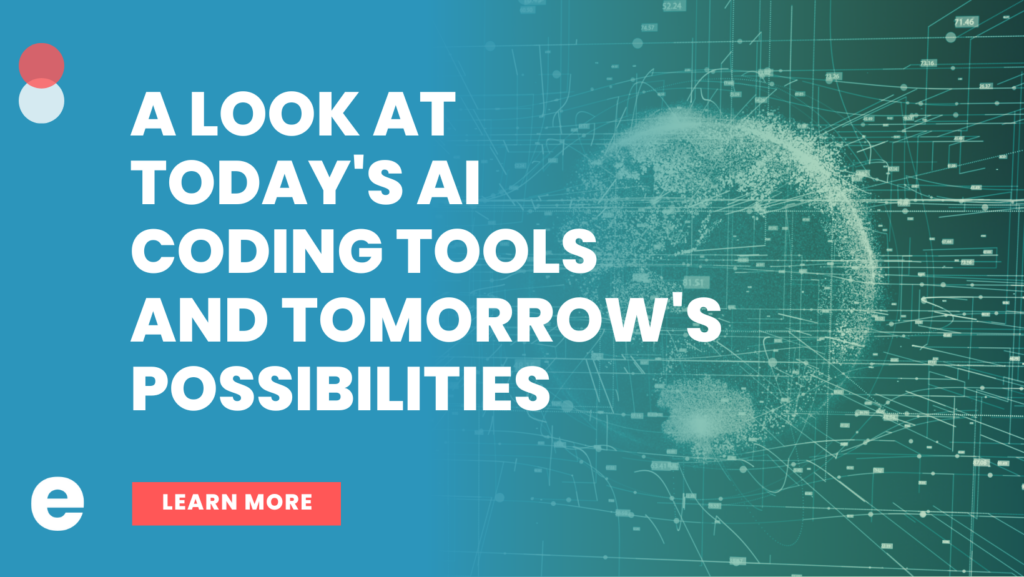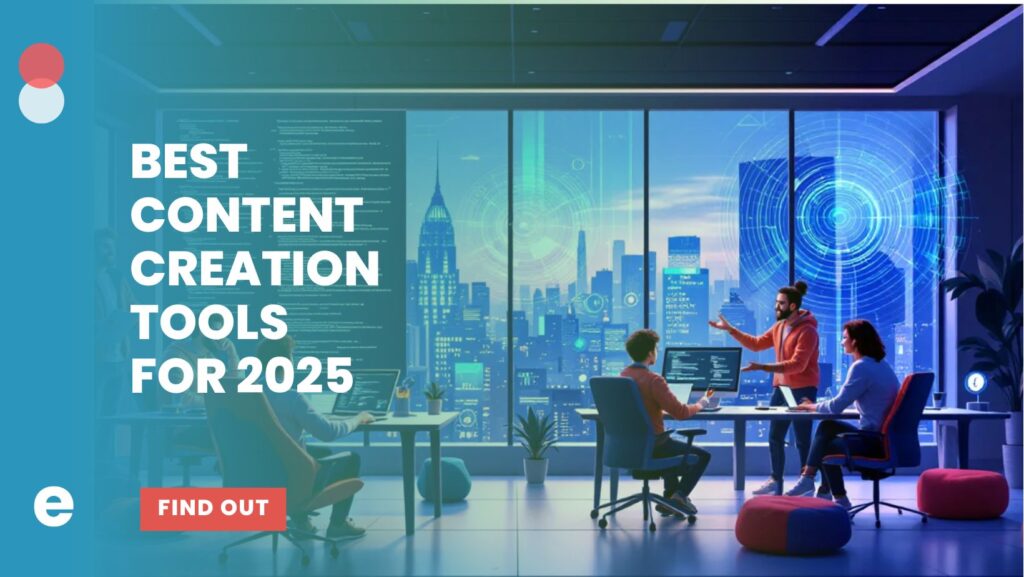TL;DR: PR and GEO work together to boost a brand’s visibility in AI-driven search results. PR builds credibility through earned media and authoritative mentions, while GEO (Generative Engine Optimization) structures content so AI platforms can easily cite and surface it. Together, they help brands appear in AI-generated answers—not just traditional search—ensuring stronger visibility and trust in an AI-first landscape.
AI search is changing how people find information. Tools like ChatGPT and Perplexity give direct answers. They pull from trusted sources. This means brands need new ways to show up in those answers. Public relations, or PR, builds trust through media coverage. Generative engine optimization, or GEO, makes content fit for AI responses. Together, they help brands get seen more in AI outputs.
PR has always been about getting your story out. You pitch to journalists. You get articles or quotes in news. Now, AI looks at those same sources. It favors earned media from places like AP or Reuters. That’s because AI models train on high-quality, checked content. If your brand gets mentioned there, AI is more likely to cite you. PR boosts visibility by creating real authority. It’s not paid ads. It’s third-party nods that AI trusts.
GEO is newer. It’s like SEO but for AI engines. SEO ranks pages in Google. GEO gets your content quoted in AI summaries. You optimize for how AI thinks. Use clear language. Add stats. Get cited in lists or expert pieces. The goal is to be part of the answer, not just a link. With 800 million weekly ChatGPT users in 2025, that’s a big audience.
Why combine them? PR gives the raw material. GEO shapes it for AI. Alone, PR might get you in a newspaper. But without GEO, AI might skip it. GEO alone lacks the trust PR builds. Together, they multiply impact. Brands see more mentions. They influence without clicks. Users get answers with your name in them.
Let’s break it down. Start with PR basics in this world.
What is PR’s Role in AI Visibility?
PR starts with relationships. You talk to reporters. You share data or insights. They write stories. Those stories go online. AI crawls them. It picks what fits queries. For example, a press release on your new tool. Make it factual. Add numbers like “our survey of 2,400 teams showed 30% better results.” Journalists use those lines. AI then quotes them in answers.
Earned media is key here. It’s coverage you didn’t pay for. AI loves it. Studies show 89% of AI citations come from earned sources. Twenty-seven percent from news outlets. That’s huge. Paid stuff gets flagged. Self-published blogs rank lower. But a Forbes quote? AI grabs it.
PR also fixes issues fast. Say AI gets your brand wrong. It says you’re outdated. You pitch corrections to trade media. Get a byline on new tech. AI updates quick. Recency matters. Journalistic pieces get 22% more citations. PR handles crisis too. Monitor coverage. Shape the story before AI repeats bad info.
In B2B tech, PR shines. You get expert comments from your CTO. “Timelines dropped from 18 months to six.” That goes in articles. AI uses it for queries on trends. Visibility grows. Leads follow.
But PR isn’t magic. It needs measurement. Track mentions in AI tools. Test prompts like “best tools for X.” See if you show up. Compare to rivals. That’s where GEO steps in.

What are GEO Strategies for AI Answers?
GEO optimizes for generative AI. It’s about being cited. Not ranked. Focus on language AI understands. Use simple terms. Add unique stats. Structure content with headings and summaries.
Here are key GEO strategies:
- Reverse engineer citations. Look at what AI pulls for your niche. See competitors in “top 10 lists.” Pitch similar pieces. Get your name in roundups. AI loves those!
- Build authority signals. Get backlinks from trusted sites. But go beyond. Engage influencers. Have them write guest posts. Thirty-three percent of citations are third-party. For B2B, that’s analysts or bloggers.
- Tap communities. Reddit and Wikipedia are gold. Don’t spam. Have real team members join talks. Build rep there. Reviews on G2 or Capterra feed into lists AI cites.
- Use social indirectly. Post on LinkedIn. Syndicate content. It sparks media picks. But focus on open web. AI skips walled gardens.
- Keep messaging consistent. Use the same terms for your brand. AI spots patterns. For a product launch, describe it clearly: “cloud-based inventory tool with real-time tracking.” Repeat in releases and interviews.
Tools help. Use SEMrush for AI reports. Check sentiment and visibility. Test 50 to 100 prompts per topic cluster. Group queries like “AI in phishing” together.
The payoff? More zero-click influence. Users see your name in answers. No site visit needed. But trust builds anyway.
How Can PR and GEO Team Up?
Alignment is everything. PR and GEO aren’t silos. Form a team. Include SEO, content, and PR folks. They benchmark now. Test how you stack against competitors in AI chats.
PR feeds GEO. Secure spots in key outlets. Think News Corp or Financial Times. They have deals with AI crawlers. GEO then optimizes those pieces. Add quotable bits. Ensure they’re semantic-rich.
Take a product launch. PR pitches the story. Gets coverage in TechCrunch. GEO makes sure the release has stats and links. AI cites both. A founder asks ChatGPT about launches. Your tip shows up: “According to Enilon, use data-driven announcements.”
Another example: Thought leadership. PR sets up QWOTED responses. You answer reporter queries. Get Forbes links. GEO tracks if those feed AI answers. In one case, a study on remote teams got quoted. Surveyed 2,400 groups. AI pulled the stats for work queries.
Earned media powers this duo. It’s trusted. AI cites it over ads. GEO shapes how often. Brands applying both see more citations. Visibility rises without big budgets.
Challenges exist. AI changes fast. Personalization varies answers. Track monthly. Token costs add up for big tests. Start small. 10-20 prompts a month.
What are Some Real-World Examples?
- PRLab optimized a press release. Clear description. Key stats. Got media hits. AI now references their advice on launches.
- In tech, a company fixed AI errors on phishing tools. PR placed bylines in trade pubs. GEO grouped prompts on security. Visibility improved in weeks.
- Influencer play: B2B firm engaged devs. They posted on blogs. AI cited in tool roundups. Thirty-three percent boost from such sources.
- Reddit worked for one brand. Team joined genuine threads. Built cred. AI pulled community views into answers.
These show synergy. PR gets the door open. GEO keeps it ajar.
Measuring and Tips
Track as funnel steps. Check awareness via AI mentions. Sentiment too. Use tools for snapshots. Beyond that, watch leads from queries.
Here are tips:
- Prioritize topics. Fix weak spots first.
- Build cross-teams. Understand GEO basics if you’re PR.
- Focus on recency and authenticity.
- For GEO, align with PR outputs. Don’t overhaul. Tweak for AI.
- Invest in earned over paid.
Be patient. Results build over time. But start now. AI won’t wait.
Wrapping It Up
PR and GEO change the game for visibility. PR builds the trust. GEO gets it seen. Together, they put brands in AI answers — where users actually live now. At Enilon, we help brands make that connection real. More citations mean more influence. Less reliance on clicks. For tech firms or any brand, this combo works — and Enilon’s integrated digital framework makes it scalable. It takes work. Teams. Testing. Coordination across PR, local, and performance media. But the reach is worth it. In 2025, skip this, and even strong brands fade out.
FAQs
What is GEO and how is it different from SEO?
GEO helps brands appear in AI answers by using clear facts and trusted sources, while SEO helps webpages rank higher in traditional search results.
Why does PR help my brand show up in AI search?
AI trusts news articles and media coverage from reliable sources, so PR helps get your brand mentioned in places AI looks for accurate information.
How do PR and GEO work together?
PR earns media coverage and trust, while GEO makes sure that content is easy for AI to understand and use in answers, increasing your brand’s visibility.
What kind of content works best for AI search?
Short, factual content with real numbers, expert quotes, and simple language from trusted websites or communities gets picked up most often by AI tools.
How can I check if my brand appears in AI answers?
Test questions in tools like ChatGPT or Perplexity, search for your brand name in responses, and compare results with competitors to track visibility
Mark Pysher is an internet professional with 30 years of experience. As an SEO specialist skilled at boosting search rankings through strategic optimization, he blends technical expertise and creative strategies to elevate brands online. Mark lives in the Portland, Maine area and enjoys time with his family, traveling, hiking, and pickleball.


